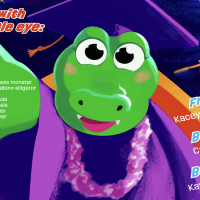Support For Our AAPI Community
SF State AAPI Solidarity Statement and Teaching Resources
Earlier this month, there was a murder of 8 individuals in Atlanta -- a horrific act of racialized misogyny. Throughout the nation--and particularly here in the Bay Area--there has been a significant increase in anti-Asian hate. Between March 2020 and February 2021, 3,800 anti-Asian hate incidents occurred nationwide, according to a recent report by Stop AAPI Hate, with nearly 44% occurring in California, and nearly a quarter taking place in the Bay Area. Many of the most heartbreaking incidents involve seniors who were beaten and even killed while walking in their neighborhoods. Nearly 70% of these incidents have targeted AAPI women.
While these attacks are recent, anti-Asian hate, racism, and violence are deeply embedded in U.S. history. Federal policies such as the Page Act of 1875 and the Chinese Exclusion Act of 1882, founded on intersectional racist/sexist ideologies and fueled by “yellow peril” rhetoric, were spread by politicians and newspapers over a century ago, just as the COVID19 pandemic has been used today.
Here are ways you can support members of our SF State community and AAPIs where you live:
- Speak up and condemn anti-Asian hate, racism, and violence
- Report incidents of anti-Asian attacks to the SFSU Bias Incident Education Team and on Stop AAPI Hate's website
- Protect yourself when faced with discrimination and/or speak up for others as a bystander: Hollaback is hosting several trainings on bystander intervention
- Learn about the history of discrimination faced by the AAPI community – PBS’s documentary Asian Americans is currently streaming for free
- Stand in solidarity with other communities of color and white allies to combat racism and white supremacy together. Protests and marches are happening all across the U.S.
- Consider attending an ASPIRE program at SF State.
Please let us know how you are doing, and if you need any help accessing resources.
-Mari Hulick, Director of the School of Design

